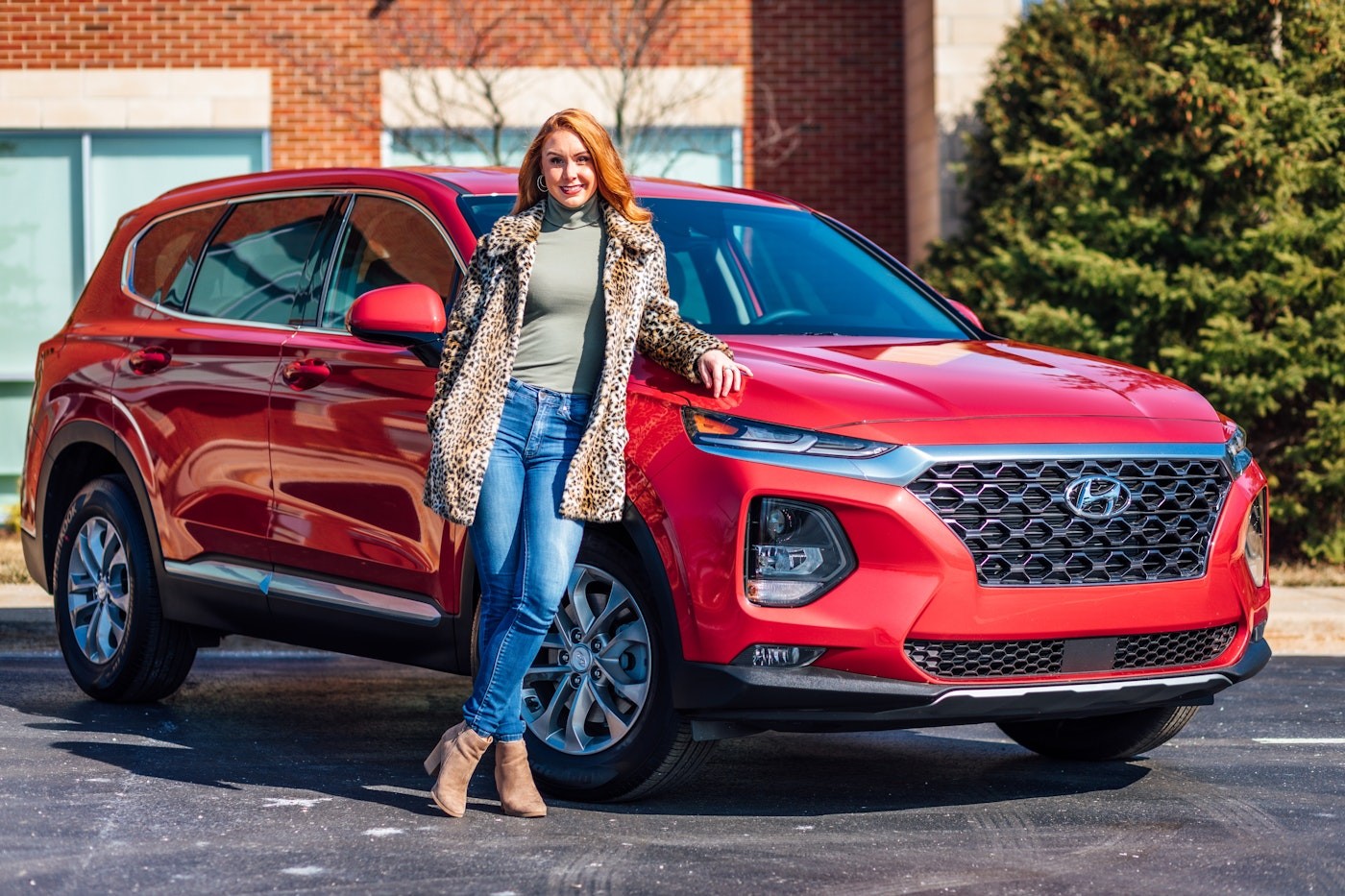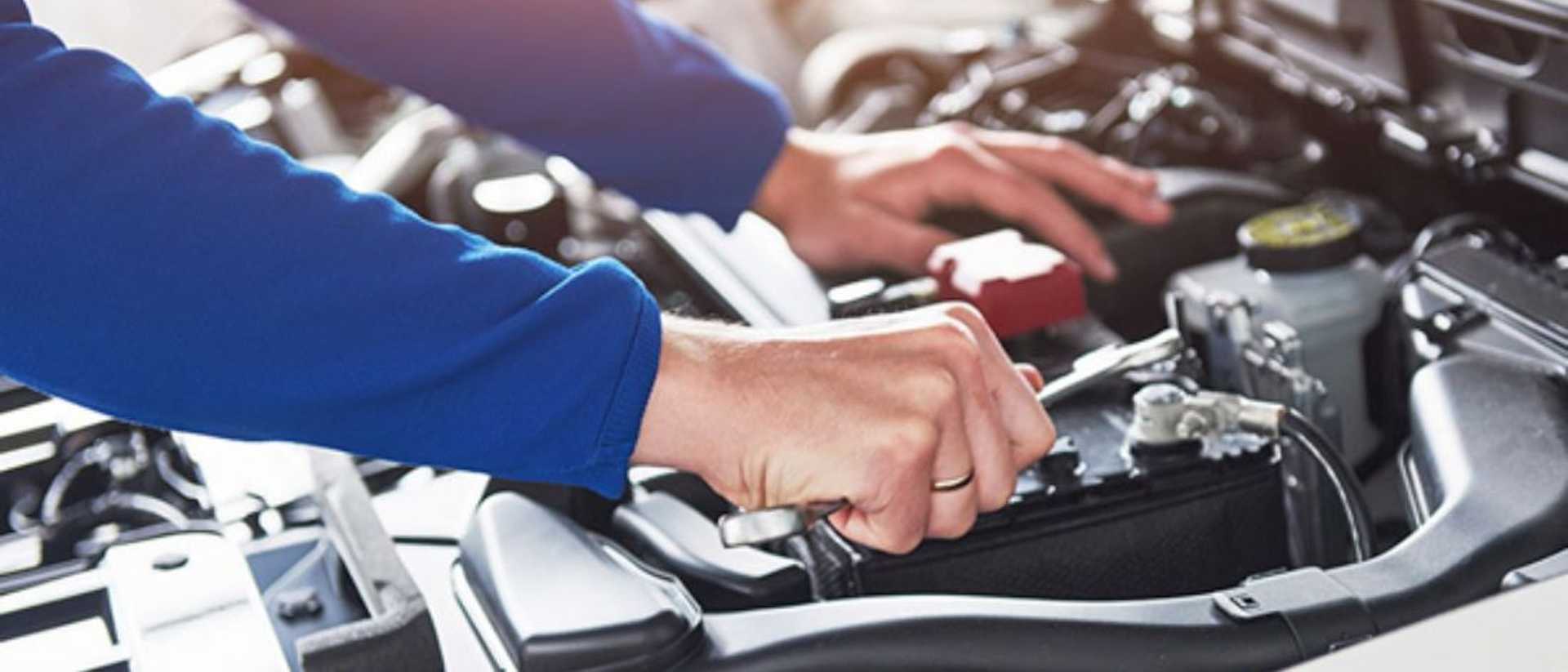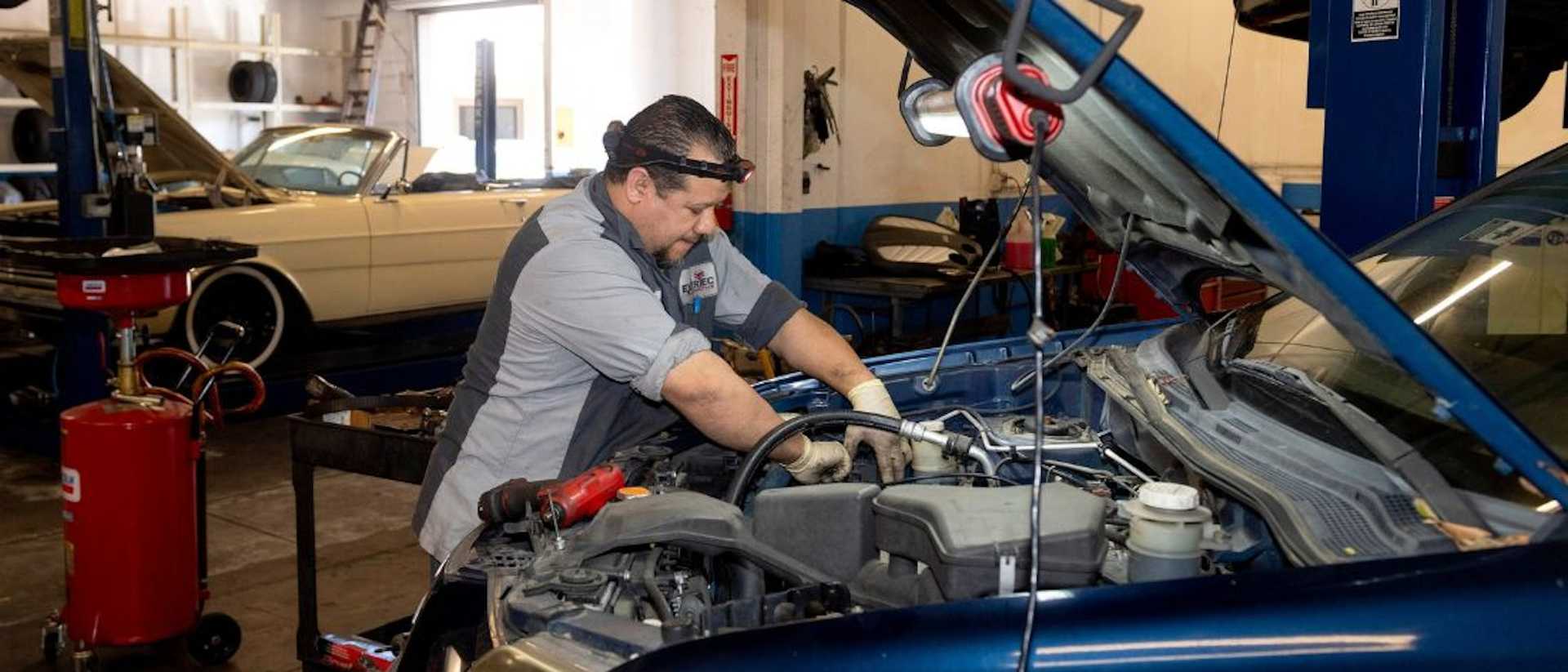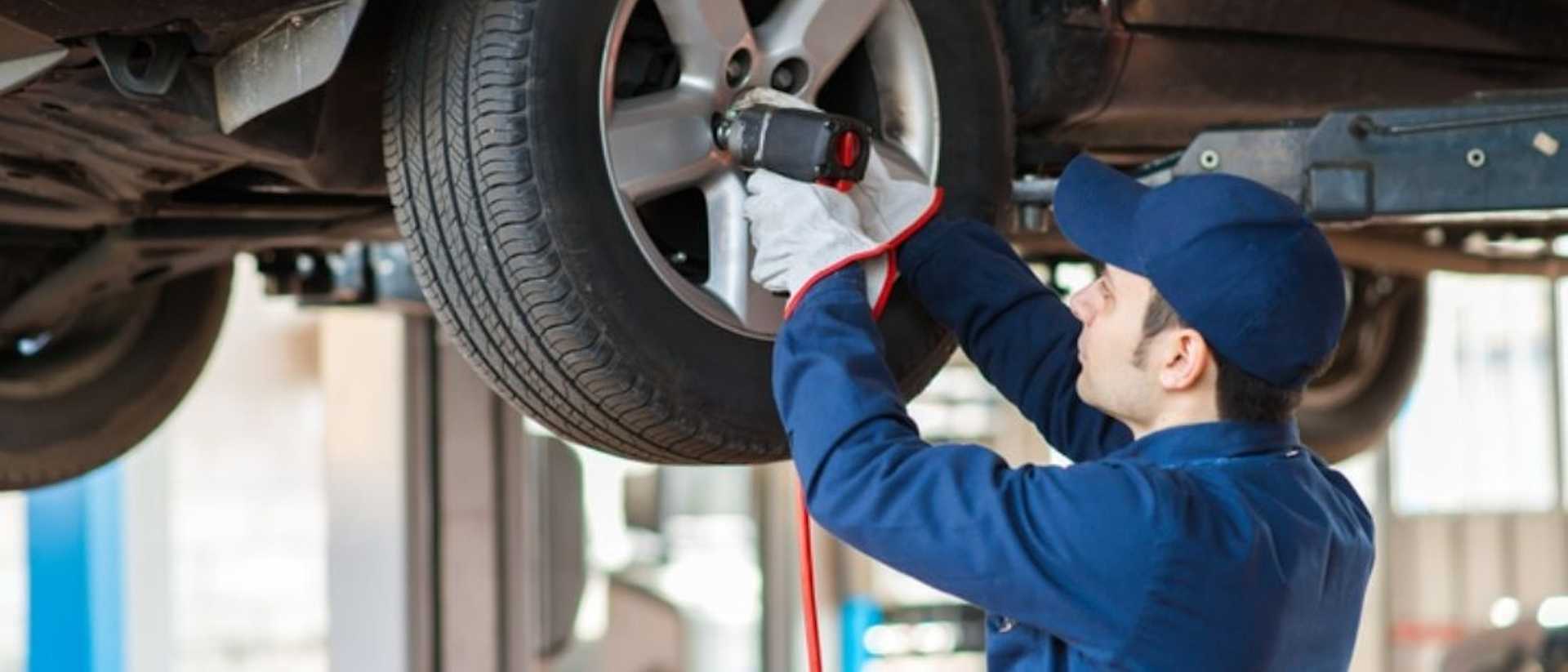Step-By-Step Guide: How To Buy A Car

If you're in the market for a new car, this step-by-step guide will help make the process as smooth and hassle-free as possible. From working out your budget to negotiating with car dealers, we've got you covered. So whether you're a first-time buyer or an experienced car buyer, let's get started.
Step 1: Do your research
Shopping for a new or used car can be a daunting task. With so many makes, models, and features to choose from, it can be hard to know where to begin. Start by researching different car brands and models that fit your needs. Determine what type of car you're looking for (SUV, sedan, sports car), the features you want (navigation system, Apple CarPlay), and the price range you're comfortable with. You can also look into crash test ratings and customer reviews to find the best and safest car for you.
For a lot of car buyers, potential resale value is an important factor to consider. Do some research on the cars you like and find out what their resale value looks like over time so that you can make a more informed decision.
Step 2: Understand the cost of car ownership

Making sure you understand the cost of car ownership before you buy is a critical component of your purchasing decision. From maintenance fees to car insurance premiums to stamp duty and luxury car tax, there are a number of “hidden fees” when it comes to car ownership. Having a comprehensive budget can help make sure that you're not straining your wallet with these associated expenses.
Take the time to research the maintenance costs of different models. And don’t hesitate to contact your preferred insurance company to inquire about their best deals; you may be surprised at how much this can help you save! With some knowledge and effort, it's entirely possible to strike a balance between buying a reliable car that fits into your budget.
Step 3: Set a budget
Setting and sticking to a budget is one of the most important steps when shopping for a car. At a car dealership, it's easy to get dazzled by all the bells and whistles and end up overspending. To avoid this, set a realistic budget before you start shopping. Factor in maintenance costs, fuel efficiency, repair costs, car insurance premiums, etc., so that you can get an accurate estimate of how much you're willing to spend.
It’s easy to become overwhelmed and excited in car shopping, but having insights on how much you can actually afford ensures that you don't waste time or energy looking at cars outside of your range. When you know what you can afford, you'll be able to make a more informed decision and avoid taking on more car than you can handle.
Step 4: Get pre-approval or financing
This is an essential step in the car buying process. Before you start shopping for a car, getting a loan pre-approved means that you know exactly how much financing you can get and at what interest rate. Not only will this help you shop with confidence, but it also means you are in a stronger negotiating position when it comes to working out a deal with the car dealer.
When you already have pre-approval for a loan, car dealerships know that you're serious about buying a car and that you have the resources to do so. This means they may be more willing to negotiate on the car purchase price or offer even better financing terms.
Step 5: Shop around

Now it's time to start shopping! Get quotes from multiple dealerships to compare prices and make sure you're getting the best deal. Don’t just rely on online research, visit the dealership in person so you can take a test drive and ask questions about the car. The more informed you are, the better decision you'll be able to make.
A lot of car buyers have had success with online car buying services, too. These services allow you to compare prices from multiple dealerships and get the best deal in one place.
Step 6: Have the vehicle inspected prior to purchase
If you're buying from a private seller, be sure to thoroughly inspect the car before making a purchase. It's also essential to review the car’s history report and have it inspected by an independent mechanic. This can help you identify any hidden problems with the car’s service history that may end up costing you a fortune in repairs down the line.
The inspection will cover all aspects of the car and any potential upgrades or fixes that need to be addressed before you take possession of it. Don't forget to get a copy of the car's service history, which can be helpful if there are unresolved issues or if warranty coverage is still available. Taking precautions to have the car inspected prior to purchase can ultimately save you both time and money!
Step 7: Negotiate

Once you've done your research and you know how much the car is worth, it's time to use your negotiation skills! This is a crucial step in the car buying process, and it's important to stay confident and professional. Be prepared with your research so you can make a strong case for why you deserve a better deal. It pays to be patient and polite when negotiating, as dealerships are more likely to work with you if they sense that you’re serious about buying a car.
Being prepared to walk away can also be a useful tactic in negotiation. If the dealer won't budge on their price, don't feel pressured to buy. Walking away from the deal could actually work in your favour, as the dealer may come back with a better offer.
Step 8: Finalise the deal
Once you’ve reached an agreement with the dealer, you can start the paperwork. Be sure to read all documents carefully before signing, and make sure you understand all the terms of the contract. A reputable dealer will explain all details to you in plain English as they want to make sure you understand what you’re signing.
Once the paperwork is complete, you can take delivery of your new car and start enjoying the ride!
Final thoughts

Following these steps can help make your car-buying experience smoother and less stressful. With a little preparation and research, you can be sure you’re getting the best possible deal on your new car.
At Driva, we understand the car buying process and we know how important it is to work with the right finance provider. That’s why we’re here to help you find the perfect loan for your needs. We make it easy to research and compare car loans from multiple lenders to find the best deal for you. And with our easy online application, you can get pre-approved in minutes and take the next step toward purchasing your dream car.
So, what are you waiting for? Get started today and let Driva help you find the perfect loan to get you behind the wheel of your new car.
Frequently Asked Questions
What do you need to consider when buying a car?
When buying new and used cars, you should focus on your budget, the type of car you want, the features and options you need, fuel efficiency, insurance costs, and any special financing options you may qualify for. You should also research the car’s history report and have it inspected by an independent mechanic. It’s important to read all documents carefully before signing and understand all the terms of the contract.
What is needed to buy a car in Australia?
In Australia, to purchase a car on finance you will need to provide a valid driver’s license, proof of income, and proof of address. You will also need to show that you can afford the car loan, so be prepared to provide proof of any assets or savings you have.
How can I get the best deal on a car loan?
The best way to get the best deal on a car loan is to do your research and compare multiple lenders. Driva's car finance comparison tool makes it easy to compare and apply for car loans from a range of lenders. You can also use Driva's online application tool to get pre-approved in minutes.




